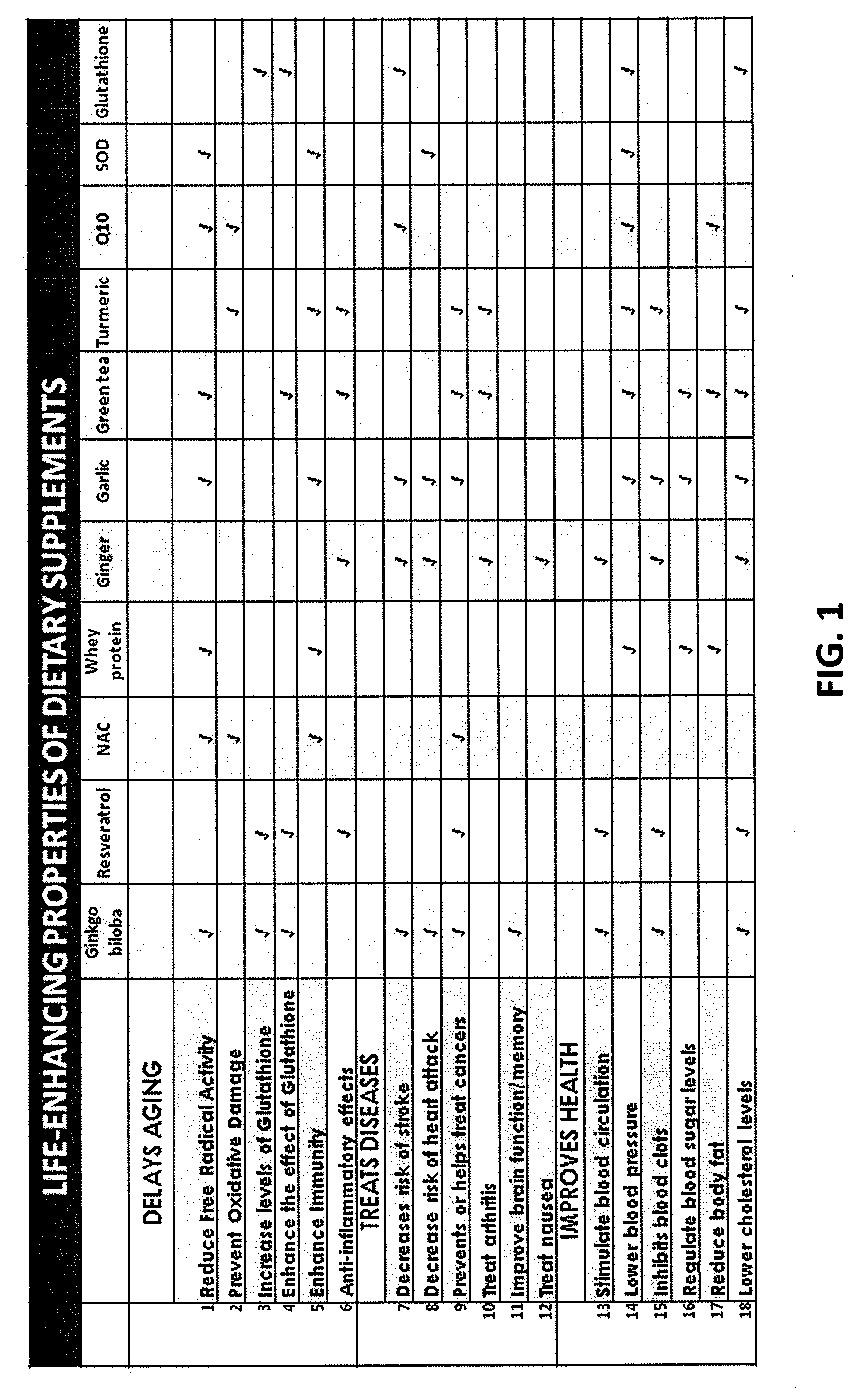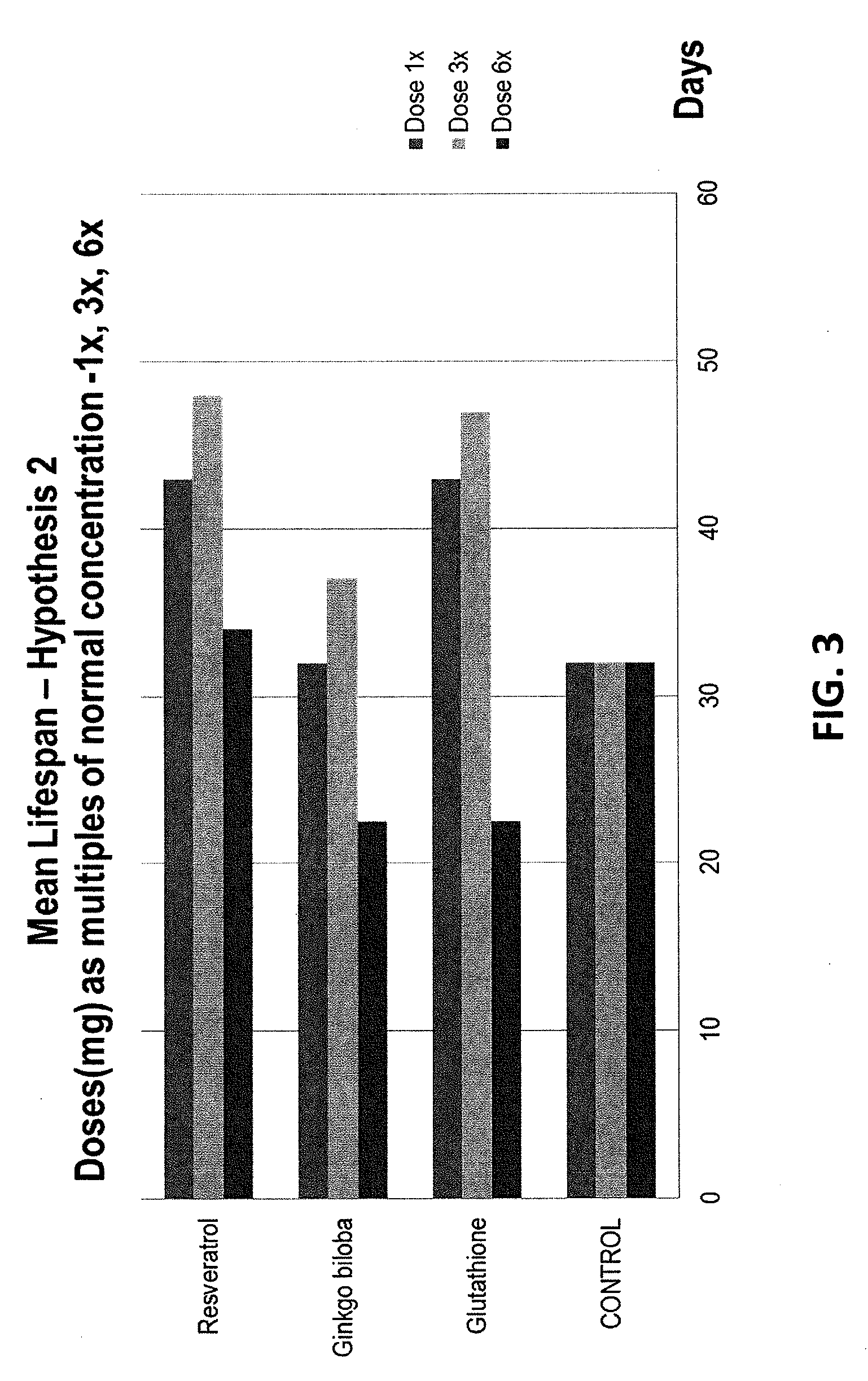Models for diagnosis, prevention and treatment of alzheimer's disease
a model and alzheimer's disease technology, applied in the field of study, diagnosis, prevention and treatment of alzheimer's disease, can solve the problems of inability to develop effective ways to diagnose, treat or prevent ad, abnormally folded amyloid-beta and tau proteins, and the death of patients, so as to increase the level of glutathione in the living organism
- Summary
- Abstract
- Description
- Claims
- Application Information
AI Technical Summary
Benefits of technology
Problems solved by technology
Method used
Image
Examples
Embodiment Construction
[0066]The detailed description of the appended drawings is intended as a description of the currently preferred embodiments of the present invention, and is not intended to represent the only form in which the present invention may be practiced. It is to be understood that the same or equivalent functions may be accomplished by different embodiments that are intended to be encompassed within the spirit and scope of the present invention.
[0067]The present invention, in one embodiment, aims at evaluating the epigenetic effects of antioxidants on the lifespan of Drosophila melanogaster, and studying in detail, the genetic and biochemical pathways of GCLc and Glutathione.
[0068]The previous research done on longevity and aging was reviewed, as outlined in the background section of the present patent application. The purpose, hypothesis and the research plan for this comparative longevity study was devised and a detailed scientific experiment was drawn up to complement the previous resear...
PUM
| Property | Measurement | Unit |
|---|---|---|
| Stress optical coefficient | aaaaa | aaaaa |
| Level | aaaaa | aaaaa |
| Disorder | aaaaa | aaaaa |
Abstract
Description
Claims
Application Information
 Login to View More
Login to View More - R&D
- Intellectual Property
- Life Sciences
- Materials
- Tech Scout
- Unparalleled Data Quality
- Higher Quality Content
- 60% Fewer Hallucinations
Browse by: Latest US Patents, China's latest patents, Technical Efficacy Thesaurus, Application Domain, Technology Topic, Popular Technical Reports.
© 2025 PatSnap. All rights reserved.Legal|Privacy policy|Modern Slavery Act Transparency Statement|Sitemap|About US| Contact US: help@patsnap.com



